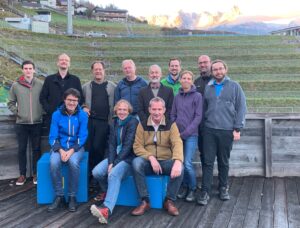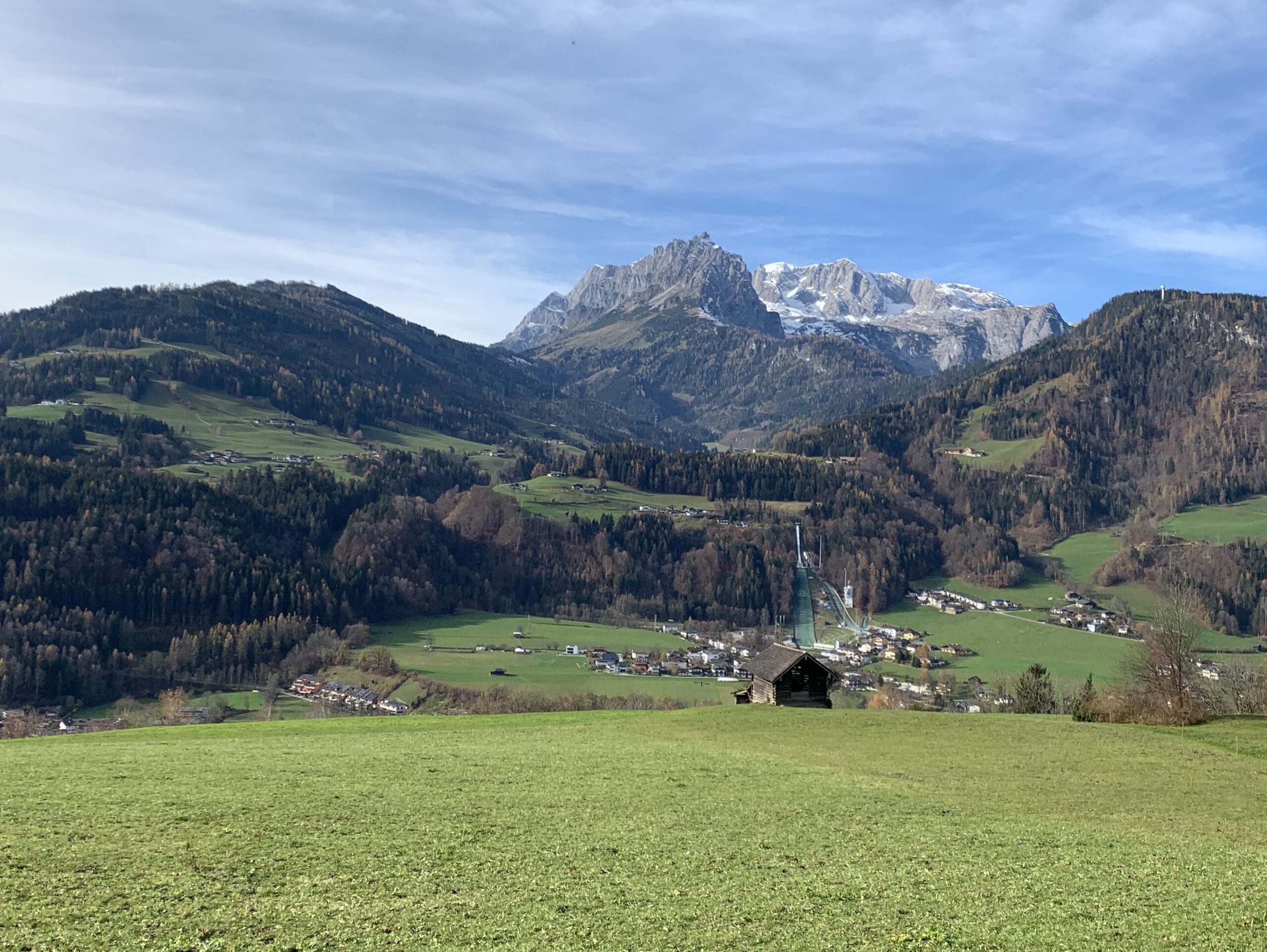THE MOVING MOUNTAIN
“The moving mountain” is a large, transdisciplinary research project on mass movements in mountain ranges, such as those that occur during rockfalls.
However, the focus is not the catastrophic impact of these events on residential areas and infrastructure, but rather on the possible positive aspects of landslides or rockslides and their deposits.
Geosystem services researched across disciplines
These positive aspects – also called geosystem services – are now being researched in a transdisciplinary team. The new idea of considering landslides as a geosystem service unites the two Austrian universities – Paris Lodron University Salzburg (PLUS) and University of Graz – with three UNESCO Global Geoparks (UGGPs), the Erz der Alpen, Karawanken and Styrian Eisenwurzen.
The unique project is funded by the Earth System Sciences funding programme of the Austrian Academy of Sciences from November 2022 to October 2025.
The PLUS is represented by Jörg Robl and Jana Petermann from the Department of Environment and Biodiversity and Andreas Schröder from the Department of Mathematics. The team in Salzburg is also strengthened by a three-year funded research position at the interface of geology and applied mathematics and three funded Master’s theses (ecology).
University research knowledge transfer
In addition to aspects of geology, geomorphology and rock mechanics, ecology and hydrology, the transfer of knowledge from university research to the residents and visitors of the Alpine region is a special focus. The three Austrian UGGPs play an essential role in the field of environmental education. Research results will be presented to the public through elaborate visualisations and by using the latest “virtual reality” technology.
Those interested in the topic should learn that landslide deposits represent special ecosystems and can form reservoirs for drinking water. Landslides and their silent witnesses, the “fairytale forests” with rockslide boulders up to the size of a house, make it possible to bring the transience of mountain landscapes and the interaction of climate, mountains and habitat closer to the general public.
The project “ The moving mountains” addresses a topic that is more relevant than almost any other: the impact of climate change on our surroundings.

 Photo: The transdisciplinary research team: Back row from left to right: Viktor Haunsperger, Andreas Schröder, Christian Uhlir, Horst Ibetsberger, Markus Häupl, Oliver Gulas-Wöhri, Jana Petermann, Andreas Kellerer-Pirklbauer, Christian Bauer. Front row from left to right: Martin Mergili, Jörg Robl, Gert Furtmüller | © Gert Furtmüller
Photo: The transdisciplinary research team: Back row from left to right: Viktor Haunsperger, Andreas Schröder, Christian Uhlir, Horst Ibetsberger, Markus Häupl, Oliver Gulas-Wöhri, Jana Petermann, Andreas Kellerer-Pirklbauer, Christian Bauer. Front row from left to right: Martin Mergili, Jörg Robl, Gert Furtmüller | © Gert Furtmüller
Contacts:
- Assoz.-Prof. Jörg Robl and Assoz.-Prof. Jana Petermann | Department of Environment and Biodiversity | Hellbrunner Straße 34 | A-5020 Salzburg | +43 662 8044 5482
The moving mountain project has received funding from the Earth System Sciences funding programme of the Austrian Academy of Sciences for the next three years. | www.movemont.at





